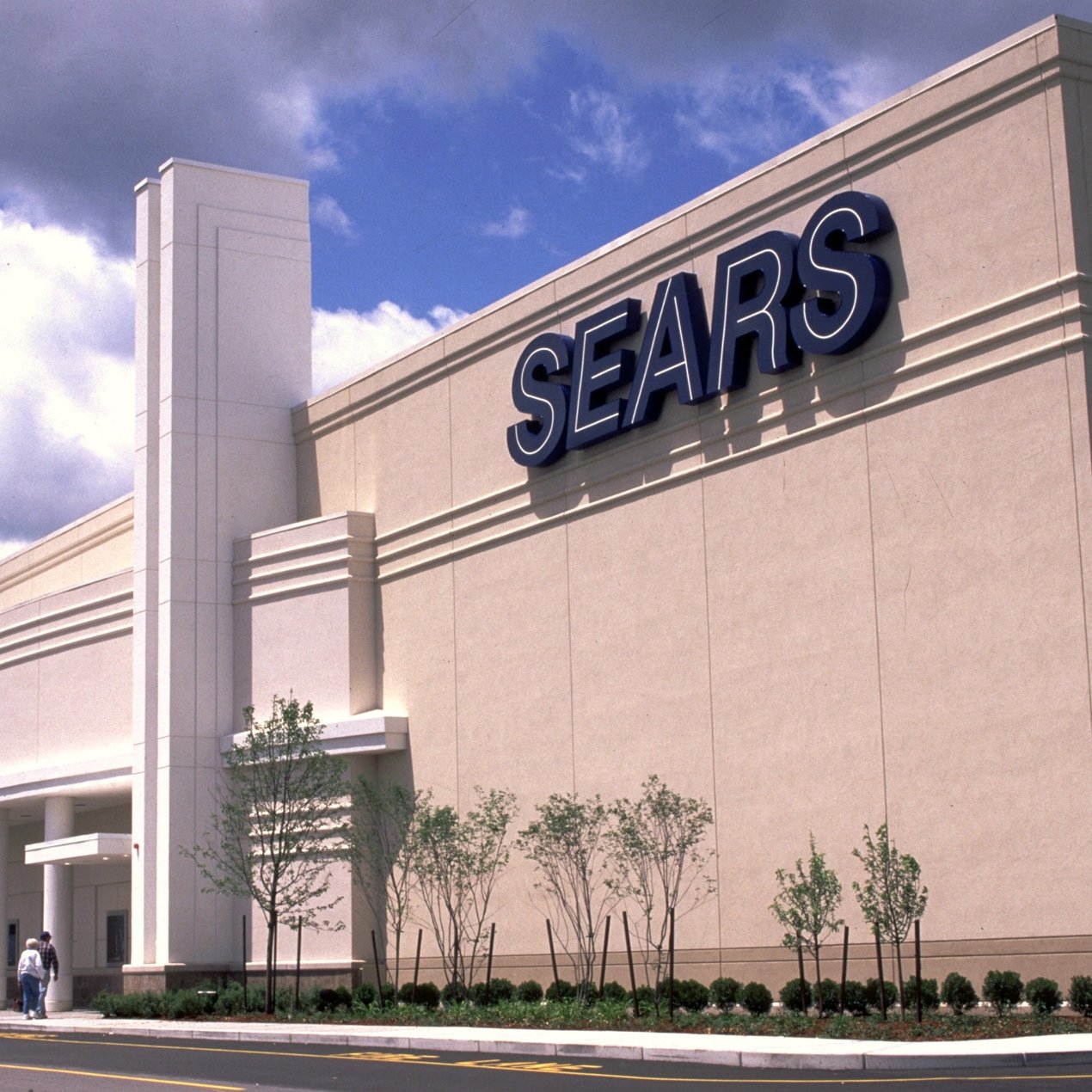

Whether the bears or the bulls dominate market, some companies just never seem to get their business models right. Many investors love dividends, and many love endless growth. But what happens when all that massive growth and market share grab comes at too steep of a price. All companies supposedly are obliged to make money eventually.
24/7 Wall St. has identified six public companies with business models that are absolutely broken. Almost all of them are losing money. They have either taken the endless pursuit of losses, or they have models that just cannot be profitable. Some may not be fixable, even if management were to be replaced entirely.
This list of companies with broken business models contains companies with unclear paths. It is very unlikely that these companies will see their stocks disappear any time soon, but either they will keep losing money or they will have to change the entire way they do business, from management down to the daily operations. In some cases here, even activist investors have been burned to the point that new activists may simply stay away on a risk-reward basis.
Included in the review of each business model is a market value (market capitalization), what is happening with the finances, and valuations or lack thereof. Companies that are deemed to be profitable but just running under lower profitability than their potential largely have been excluded. Again, these are companies with totally broken business models today.
Analysts and most investors also generally are not expecting any great recovery in these names. In all these cases, the shares are down massively from their highs over the past year. One other standout issue for investors is that these companies all still have market values of over $1 billion.
Chesapeake Energy
> Market value: $2.7 billion
> 1-year stock performance: −70%
While Chesapeake Energy Corp. (NYSE: CHK) may be the top dog of the independent natural gas players in America, unfortunately that isn’t saying much. Natural gas is so cheap that it is hard to make money from it. Without even bringing up the late Aubrey McClendon references, what does a $14.8 billion loss for 2015 tell you? Analysts expect a return to profits on an adjusted basis after posting another expected loss in 2016. Unfortunately, that seems predicated on higher natural resource prices. What if prices remain low due to oversupply and weak to steady demand?
FireEye
> Market value: $3.0 billion
> 1-year stock performance: −56%
This is a great cybersecurity company that still has great growth ahead of it. The problem here is that FireEye Inc. (NASDAQ: FEYE) keeps operating with losses ($1.2 billion accumulated deficit, and growing). Sales were $161 million in 2013 and grew to $623 million in 2015, while its losses grew from $120 million to $539 million. With sales anticipated to hit $1 billion in 2017, the company is still expected to lose money in 2016, 2017 and 2018, even on an adjusted earnings basis. This is a farcical business model wherein a public company is selling its investors on the notion that they are increasing share by losing money. Its $3 billion market cap would make FireEye a unicorn if it was in the venture capital world, but this is a public company.
Sears
> Market value: $1.6 billion
> 1-year stock performance: −64%
Sears Holdings Corp. (NASDAQ: SHLD) has become the poster child for retail stores that have no clue what they are doing. The company is almost under the thumb of one man, and nothing tried here has helped to correct the ship. Sales remain in permanent decline, and the company just can’t seem to turn a profit. Sears now has a mere $1.6 billion market cap, followed by negative shareholder equity and a negative value on net tangible assets. It was once believed that Sears was a real estate bet, but the real estate betters have given up hope.
SolarCity
> Market value: $2.2 billion
> 1-year stock performance: −56%
Though SolarCity Corp. (NASDAQ: SCTY) is not alone in losing money in the solar space, its rapid revenue growth is expected to remain 50% or so for the next year or two. SolarCity is expected to post almost $950 million in 2017 revenues, and it is still expected to lose close to $8.00 per share in operating earnings (or losses), followed by an expected $7.30 per share loss in 2018. SolarCity even has been accused of just being a money-losing finance outfit rather than being a technology one. How many solar panels on homes does it have to have before it can be profitable?
Sprint
> Market value: $12.0 billion
> 1-year stock performance: −36%
In the ongoing four-way price war with AT&T, Verizon and T-Mobile, Sprint Corp. (NYSE: S) keeps losing money, with over $6.8 billion in accumulated losses (negative on retained earnings). Sprint keeps coming up with creative financing ideas, but it is little more than a tracking stock of Softbank for the U.S. cellular market. Sprint has lost money for years, and analysts expect it to lose money in 2016 and 2017. It is almost sad that U.S. regulators wouldn’t let Sprint be acquired by larger telecom players because they like four carriers — even if it means that Sprint keeps losing money.
Valeant Pharmaceuticals
> Market value: $11.0 billion
> 1-year stock performance: −83%
Now perhaps the pariah of the pharmaceutical sector, Valeant Pharmaceuticals International Inc. (NYSE: VRX) has a real financial picture that remains a mystery. It has lots of great brands and drugs, but it turns out that the old model of making endless acquisitions to grow had holes in it in the mid-2010s, just like in the prior two decades. Valeant finally did force out Mike Pearson as chief executive, but the company remains under political attack for lower research and development but demanding endlessly higher drug prices. Now the best thought is for a breakup or asset sale. Valeant may still be profitable, but it has become almost impossible to value, and analysts and investors alike have been burned every time they have tried to defend it.
Sponsored: Want to Retire Early? Here’s a Great First Step
Want retirement to come a few years earlier than you’d planned? Or are you ready to retire now, but want an extra set of eyes on your finances?
Now you can speak with up to 3 financial experts in your area for FREE. By simply clicking here you can begin to match with financial professionals who can help you build your plan to retire early. And the best part? The first conversation with them is free.
Click here to match with up to 3 financial pros who would be excited to help you make financial decisions.
Thank you for reading! Have some feedback for us?
Contact the 24/7 Wall St. editorial team.
 24/7 Wall St.
24/7 Wall St.


